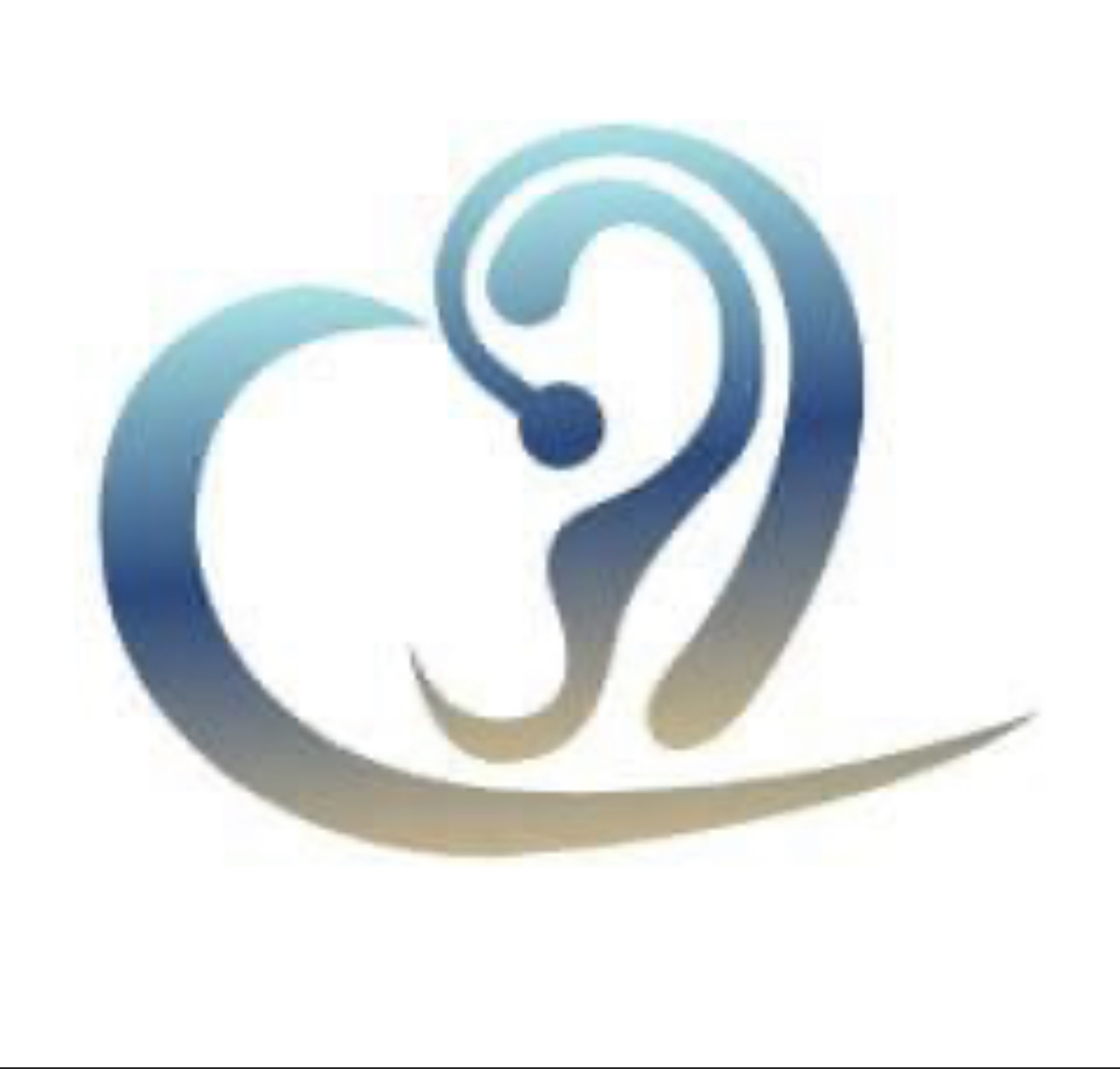Understanding the Basics of Audiometric Testing
- OPTIMUM HEARING CARE

- Sep 1
- 3 min read
Audiometric testing is a fundamental process used to evaluate hearing ability. It helps identify hearing loss, determine its severity, and guide treatment options. Whether you are experiencing hearing difficulties or undergoing a routine checkup, understanding audiometric testing can empower you to take control of your hearing health.
What Is Audiometric Testing?
Audiometric testing involves a series of assessments designed to measure how well a person hears sounds at different frequencies and volumes. The tests are typically conducted in a soundproof room using specialized equipment called an audiometer. This device plays tones or speech sounds through headphones, and the patient responds when they hear them.
There are several types of audiometric tests, including:
Pure-tone audiometry: Measures the faintest tones a person can hear at various frequencies.
Speech audiometry: Assesses the ability to hear and understand speech.
Tympanometry: Evaluates middle ear function.
Otoacoustic emissions (OAE): Tests inner ear (cochlea) function.
Audiometric testing is essential for diagnosing hearing loss caused by aging, noise exposure, infections, or other medical conditions. It also helps in fitting hearing aids and monitoring hearing over time.

How Does Audiometric Testing Work?
During an audiometric test, the patient wears headphones and listens to a series of sounds. The sounds vary in pitch (frequency) and loudness (intensity). The patient signals when they hear a sound, usually by pressing a button or raising a hand.
The audiologist records the softest sounds the patient can hear at each frequency, creating an audiogram. This graph shows hearing sensitivity across the frequency range, typically from 250 Hz to 8000 Hz. Normal hearing thresholds are usually between 0 and 20 decibels (dB).
Speech audiometry complements pure-tone testing by measuring how well a person can detect and understand speech. This includes tests like word recognition and the speech reception threshold, which determines the lowest level at which speech can be recognized 50% of the time.
Audiometric testing is non-invasive, painless, and usually takes 20 to 30 minutes. It requires cooperation and attention from the patient to ensure accurate results.

What is the speech reception threshold masking?
Speech reception threshold masking is a technique used during audiometric testing to isolate the hearing ability of one ear when there is a significant difference between the ears. Masking involves playing a noise in the non-test ear to prevent it from detecting the test sounds, ensuring that the results reflect the true hearing capacity of the test ear.
This method is crucial when there is a risk of "cross-hearing," where sound presented to one ear is heard by the other. Masking helps audiologists obtain accurate thresholds and diagnose the type and degree of hearing loss more precisely.
For example, if a patient has normal hearing in one ear and hearing loss in the other, masking noise is introduced to the better ear while testing the poorer ear. This prevents the better ear from compensating and skewing the results.
Understanding masking techniques is important for interpreting audiometric results correctly and planning effective treatment.

Practical Tips for Preparing for Audiometric Testing
To get the most accurate results from audiometric testing, consider the following tips:
Avoid loud noise exposure: Stay away from noisy environments for at least 12 hours before the test.
Remove hearing aids or earplugs: These can interfere with the test.
Inform the audiologist about ear infections or discomfort: This can affect test outcomes.
Stay relaxed and focused: Concentrate on the sounds and respond promptly.
Bring a list of medications: Some drugs can impact hearing.
If you experience difficulty hearing in daily life, scheduling an audiometric evaluation can provide valuable insights. Early detection of hearing loss allows for timely intervention, improving communication and quality of life.
How Audiometric Testing Benefits Hearing Health
Audiometric testing is more than just a diagnostic tool. It plays a vital role in:
Detecting hearing loss early: Identifying issues before they worsen.
Guiding hearing aid fitting: Customizing devices to individual hearing profiles.
Monitoring hearing changes: Tracking progression or improvement over time.
Supporting workplace safety: Ensuring compliance with hearing conservation programs.
Enhancing communication: Helping individuals understand speech better in various environments.
Regular hearing assessments are recommended for people exposed to loud noise, those with a family history of hearing loss, and older adults. By understanding your hearing status, you can take proactive steps to protect and improve your auditory health.
Audiometric testing is a straightforward yet powerful method to assess hearing ability. By familiarizing yourself with its basics, you can approach hearing evaluations with confidence and make informed decisions about your hearing care. Whether for routine screening or addressing specific concerns, audiometric testing is a key step toward maintaining optimal hearing health.








Comments